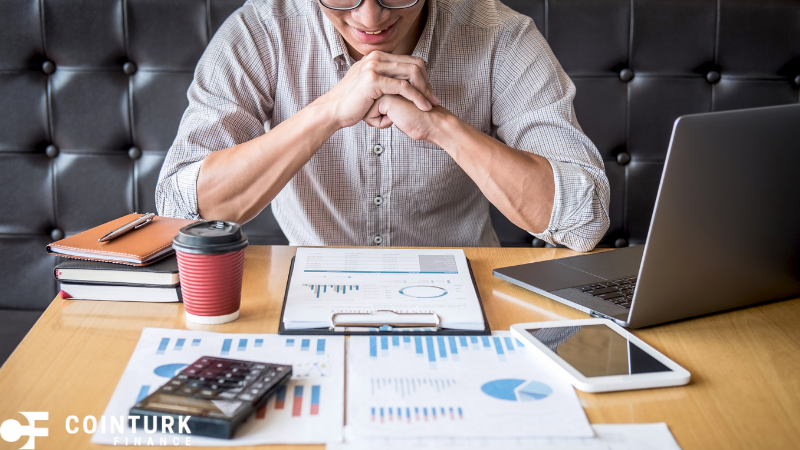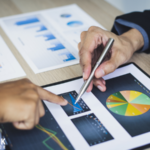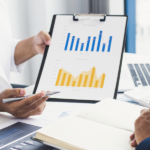Corporations frequently use stock buybacks to signal confidence in their financial health and to reward shareholders. Unlike dividends, which offer direct cash returns, buybacks reduce the number of shares in circulation, thus increasing earnings per share. Despite a 1% tax imposed by the Biden administration in 2023, companies continue to favor this approach, reflecting a clear strategy to optimize shareholder value and retain investor interest. The popularity of buybacks is evident as firms like Apple (NASDAQ:AAPL) and Alphabet announce significant repurchase programs, emphasizing their robust financial positioning and future growth expectations.
Are Buybacks Outpacing Dividends?
Comparing the growth of stock buybacks and dividend payouts reveals a noticeable trend. Over a decade, while dividends increased by 54%, stock repurchases have tripled, highlighting their growing appeal. This financial strategy is backed by Goldman Sachs’ prediction of U.S. stock buybacks reaching $1 trillion by 2025. Such projections underscore the trust in buybacks as a tool for boosting shareholder returns, despite the economic uncertainties that can impact traditional dividend growth.
How Do Major Companies Approach Their Buyback Policies?
HP announced a $10 billion buyback plan, illustrating how companies manage share repurchases. With prior buybacks contributing to a significant uptick in stock value, HP aims to further reduce its share count. The strategy involves buying shares at elevated prices, which has drawn some scrutiny. While the company experienced growth in its revenue, challenges in the printer sector have dampened net earnings, underscoring the need for successful buybacks and strategic financial planning.
Nvidia’s approach involves a $50 billion buyback program, focusing on counteracting share dilution from employee stock options. This decision is indicative of Nvidia’s method in managing costs associated with executive compensation. The company’s share price has surged considerably, aligning with its leadership in the AI and GPU markets. However, concerns remain about future profitability if AI’s expected returns don’t materialize, which could impact buybacks.
Microsoft (NASDAQ:MSFT)’s $60 billion buyback program is noteworthy for its scale, second only to Apple and Alphabet this year. Alongside a 10% dividend increase, Microsoft rewards its shareholders significantly. Although the company’s shares have soared since its last stock split, discussions persist about the potential benefits of another split given the current high share price. These strategic decisions underline its commitment to shareholder value, while remaining adaptable to market changes.
The strategic use of stock buybacks by major companies such as HP, Nvidia, and Microsoft underscores a broader trend in corporate finance. Companies leverage these buybacks not just as a means of returning capital to shareholders, but also as a tool to manage share dilution and signal corporate confidence. However, the success of such strategies hinges on sustained profitability and market conditions, which remain unpredictable. While these buybacks convey growth optimism, investors must remain vigilant to market shifts that could affect the anticipated returns.










